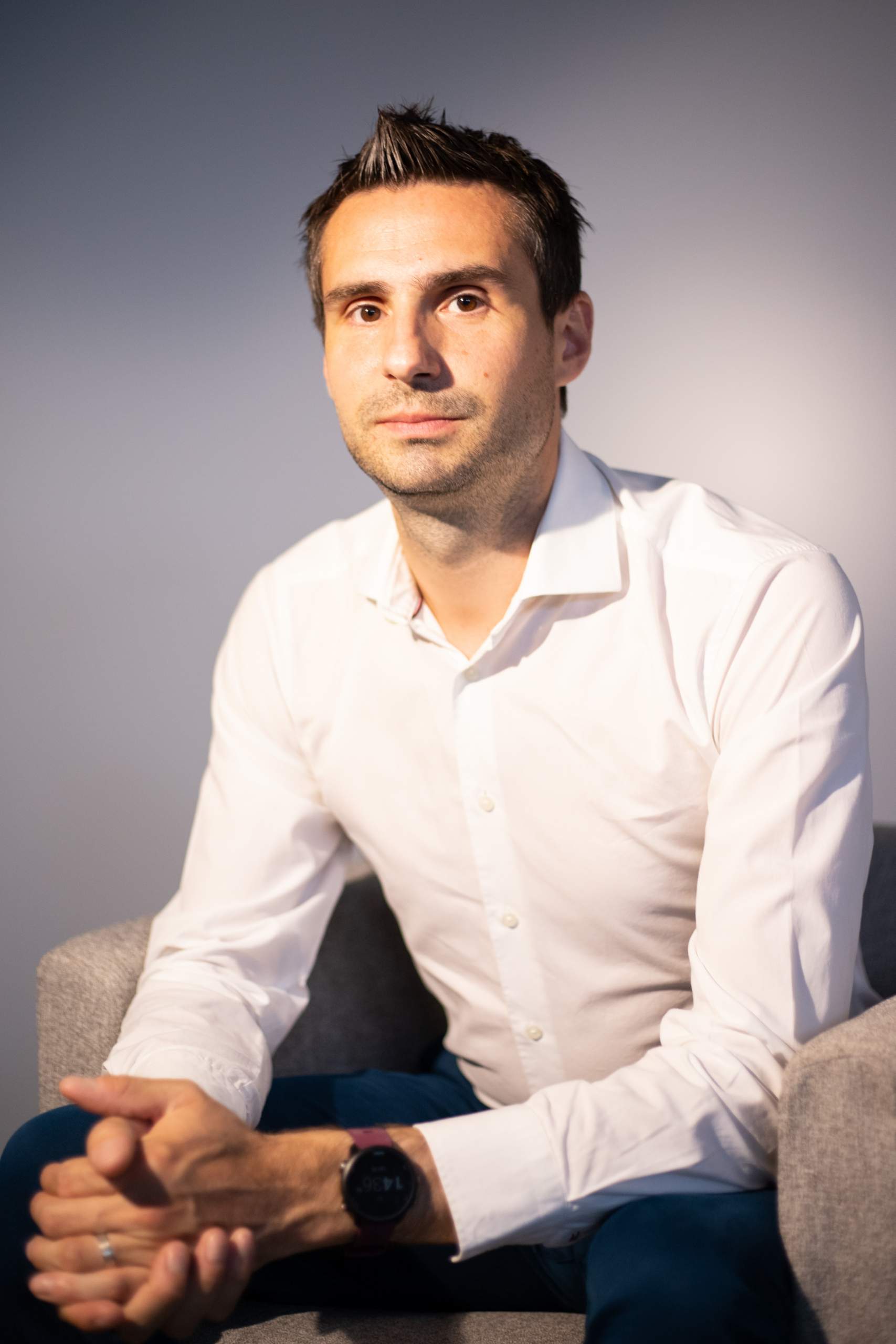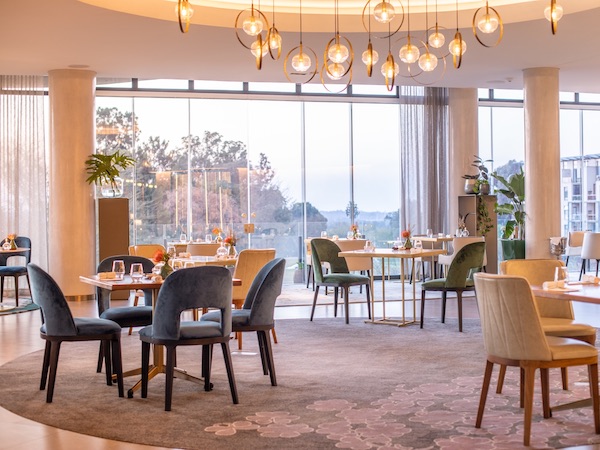News
A look into globally renowned champagne house Veuve Clicquot
Monday, October 31st, 2022
Brought to you by Veuve Clicquot.
As one of the world’s most renowned Champagne brands known for its iconic yellow labelling and premium bubbly offering, Veuve Clicquot is a brand that has set itself apart from the rest.
It has a vibrant, rich history and pushes the boundaries of innovation while focusing on sustainability at its heart.
Founded in 1772, the brand really took shape and propelled itself into success when Barbe Clicquot Ponsardin (also known as Madame Clicquot) took over the business in 1805 after the untimely death of her husband.
As one of the first businesswomen of this time, Madame Clicquot can be called an innovator as she created the first-ever vintage Champagne in 1810, a mere five years after taking over the business.
The crisp sounds of bubbly, the clinking of glasses and the many toasts that happen at festive occasions are often what we associate with this golden elixir.
Celebrating 250 years of “Solaire Culture”, the booming brand has stood the test of time with its iconic Champagne being a symbol of celebration across the world.
We had the incredible opportunity to interview Bruno Dagnee, wine innovation project manager at Veuve Clicquot Ponsardin.
Please tell us about your experience in the wine industry.
My experience with the wine industry is relatively new as I have only been in industry for four years. What I can tell you is that being in this industry is a truly moving experience because you are always learning. We are 14 winelogists, and we learn from one another as each of us has different levels of experience.
Veuve Clicquot is a world-renowned brand. What makes the Champagne so special and unique?
There are several reasons. First, we have incredible vineyards so we are to blend several different terroirs and grape varieties, resulting in our premium offering. I think it is really important to have a large range of different wines.
In addition, we have a fantastic collection of reserve wines, which are wines from previous vintages that we keep separate from the others. We have over 400 different reserve wines. This adds to the complexity of the wines and their overall flavour.
With a vibrant history dating back to 1810 when the first vintage of Champagne was created, what are the key moments in the evolution of Veuve Clicquot?
I think the evolution of the brand started when Madame Clicquot had the crazy idea to invent the vintage. She also invented the first blended rosés in 1818, because blending red with white wine was a “crazy” concept, but today the same method is still used to create rosé.
The most important step was the invention of the riddling table in 1816, because it allowed Veuve Clicquot to keep consistency in production and the quality of each bottle was clarified at the same level. With this invention we could share and export Veuve to the world and this was really, in my opinion, the start of the fantastic history of the brand.
More recently, we invented the first vintage sec, a vintage Champagne with a higher level of sugar and we created unique packaging on each of our bottles. Innovation is at the heart of the brand with a focus on constantly changing and trying new things to create unique and premium offerings for individuals.
What is the most popular Champagne in the range and why?
The most popular Champagne is the iconic Yellow Label, which is our flagship and it is the original Champagne created in 1877.
The first name of the brand was “riche” with a white label, but in 1877, the first cellar master of Veuve wanted to create a new product to meet the demand of a specific market of Germans and the UK, which wanted less sweet Champagne. This resulted in the popular Brut Champagne, with the yellow label and it was the beginning of the fantastic flagship product.
What is the essence of Veuve Clicquot as a brand and how is this echoed through its premium French bubbly?
Veuve is associated with solarity and youth, and in French, we say that our yellow is “solar”, which means that it brings a touch of joy to your life.
I do believe that it is not only for big celebrations but even for the small victories of the day.
What are four key tips when it comes to opening a bottle of Veuve Clicquot?
The first step is to remove the foil and gently remove the cage by placing your thumb on the cork at the same time when you remove the cage. Keep the cage on the cork but put your left hand on the cage and instead of turning the cork, turn the bottle. If you turn the cork, there are risks that the cork will break.
Usually, we love to hear the “pop” when we open a bottle of Champagne, but to maintain the gas levels one must open a bottle of Champagne very slowly to result in a subtle noise of “shhhh” and not “pop”!
What is the best way to drink Champagne, and why?
People consider Champagne as something to drink for celebrations but in my opinion, it is something that can be drunk with most meals and should not only be reserved for celebratory occasions.
Something to note is that it pairs perfectly with ripe cheese, specifically ripe French cheese. In France, we have a piece of ham, cheese and a glass of Champagne and it is fantastic
What is the best dish to pair with Veuve Clicquot and why?
That is an excellent question, I can speak about my own experience. My best memory with Champagne is with an old vintage rosé from Veuve Clicquot 1979.
I had it with slightly roasted duck breast with cherry sauce, creating an ideal mix between sweet and salty. The rosé paired perfectly with the complexities of the dish.
What plans lie ahead for the globally renowned Veuve Clicquot?
The main focus at this moment is to develop new and sustainable methods to create the same high-quality products that Veuve Cliquot is known for. We are very concerned about global warming and climate change and the impact that it has on nature and the environment.
Sustainability is an endeavour that every industry has a duty to undertake, not least of all winemaking. From growing to our distribution, Veuve Clicquot has made huge inroads into reducing its footprint since the launch of our sustainable viticulture programme in 1990. In the past 10 years, we have reduced our use of plant protection chemicals by 40% with the entirety of our vineyards free from herbicides.
We have reduced our water consumption by 53.6% in the past 7 years, treat all of our waste water and recycle or re-use all general waste. This continues in our packaging where we have reduced our bottle weight by 7% to decrease our carbon footprint. This, of course, is an ongoing mission at Veuve Clicquot and we aim to reduce our footprint further still.
What is your favourite Champagne from the whole range?
My favourite bottle from the range is La Grande Dame.

Bruno Dagnee, winemaker, Veuve Clicquot












